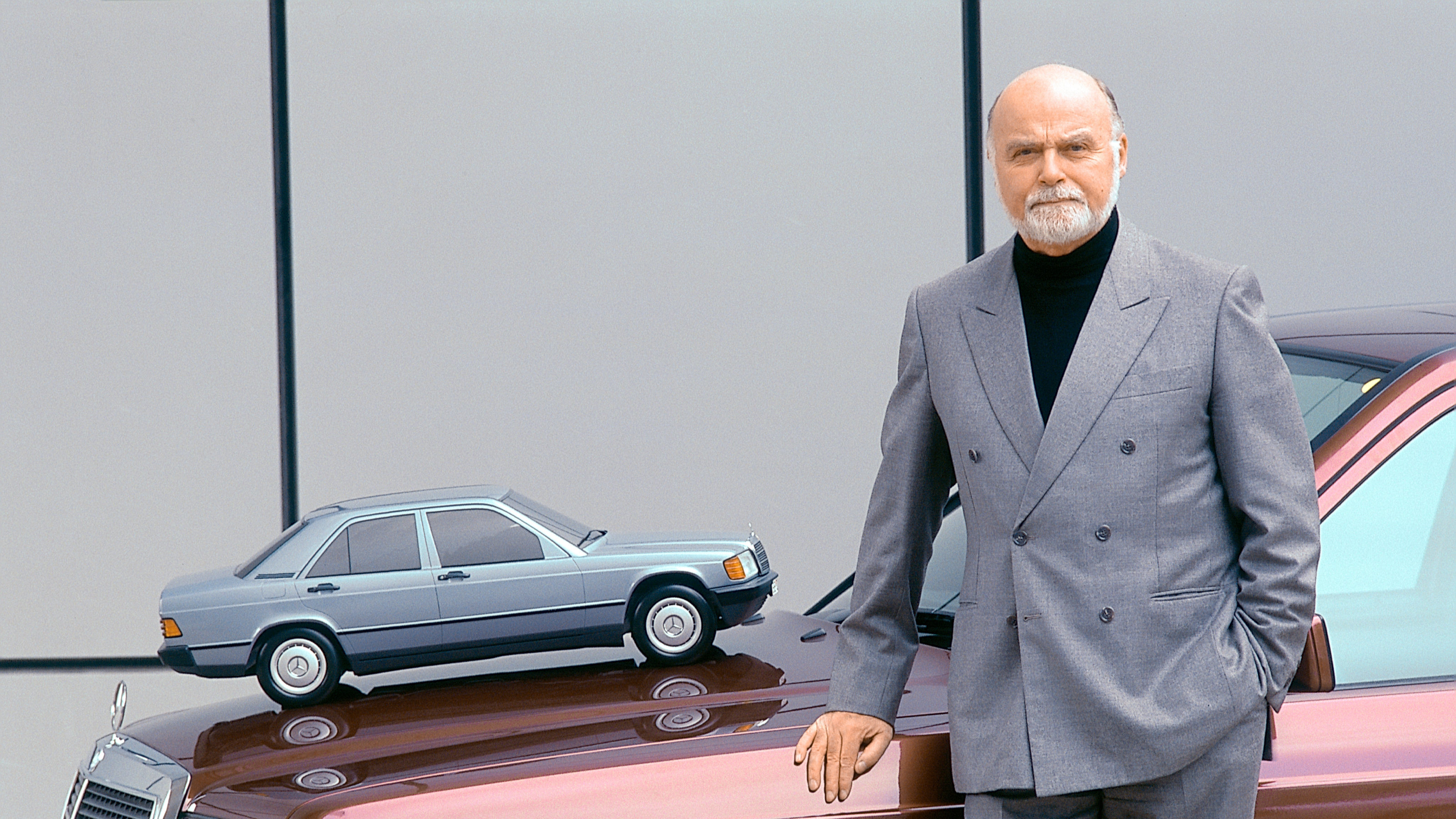
Bruno Sacco, former head of design at Mercedes-Benz, has died at the age of 90. One of the pioneers of contemporary auto design, Sacco oversaw Mercedes’ design throughout a period of remarkable achievement and integrity, becoming chief designer in 1975 and remaining at the top of the company's design department until his retirement in 1999.
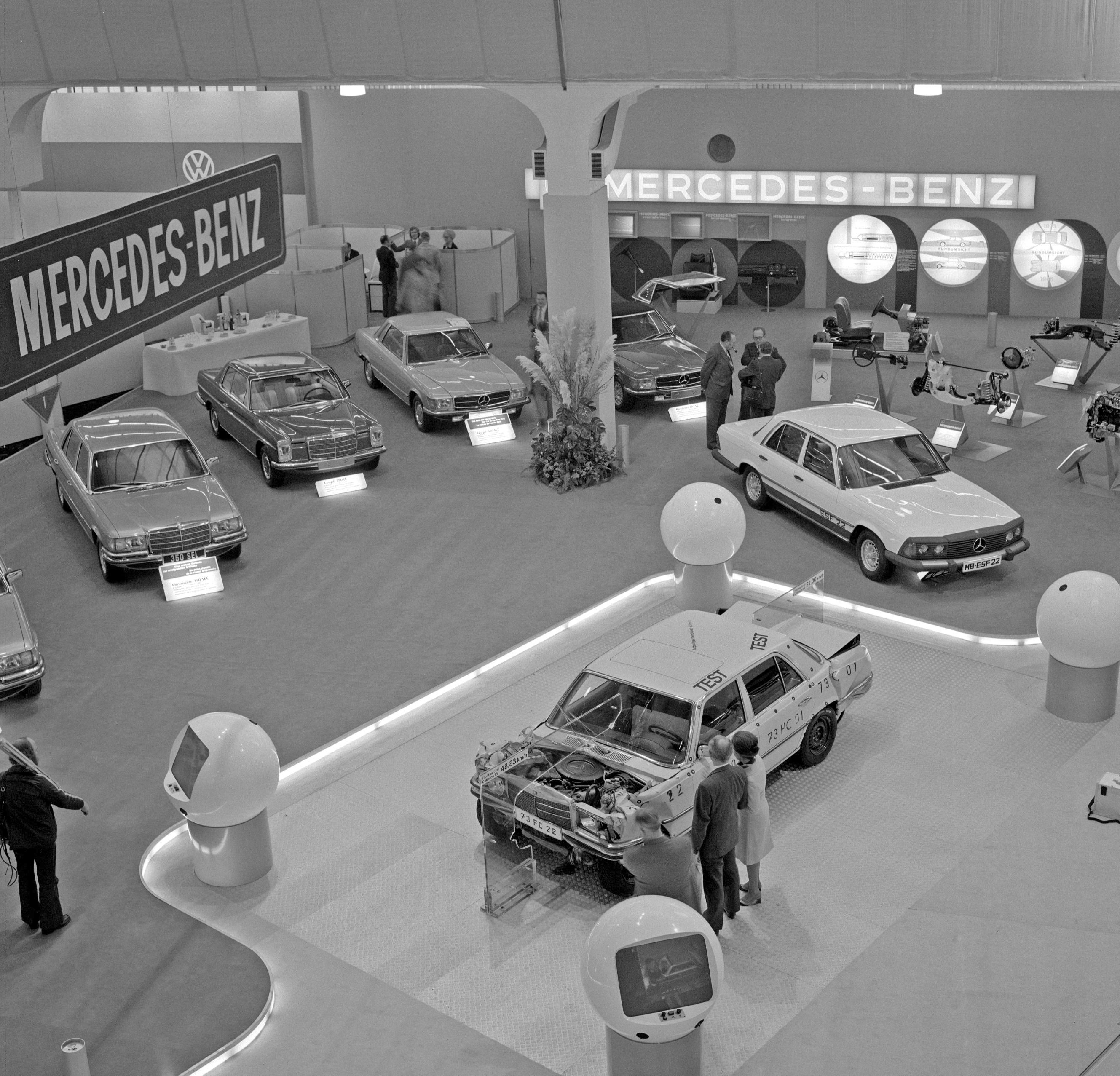
Born in Udine, Italy on 12 November 1933, Sacco was a young car enthusiast, but his first real engagement with the world of car design was a visit to the 1951 Turin Motor Show, where an industry reborn after the war was demonstrating the full flowering of Italy’s many and varied carrozzeria, or styling houses. However, it was a Raymond Loewy design, the Studebaker Starlight, that piqued his interest. In 1955, he joined Ghia SpA, the Turin-based coachbuilders whose clients at the time included Italian giants like Alfa Romeo and Fiat, as well as Ferrari, Renault and even American companies Dodge and Chrysler.
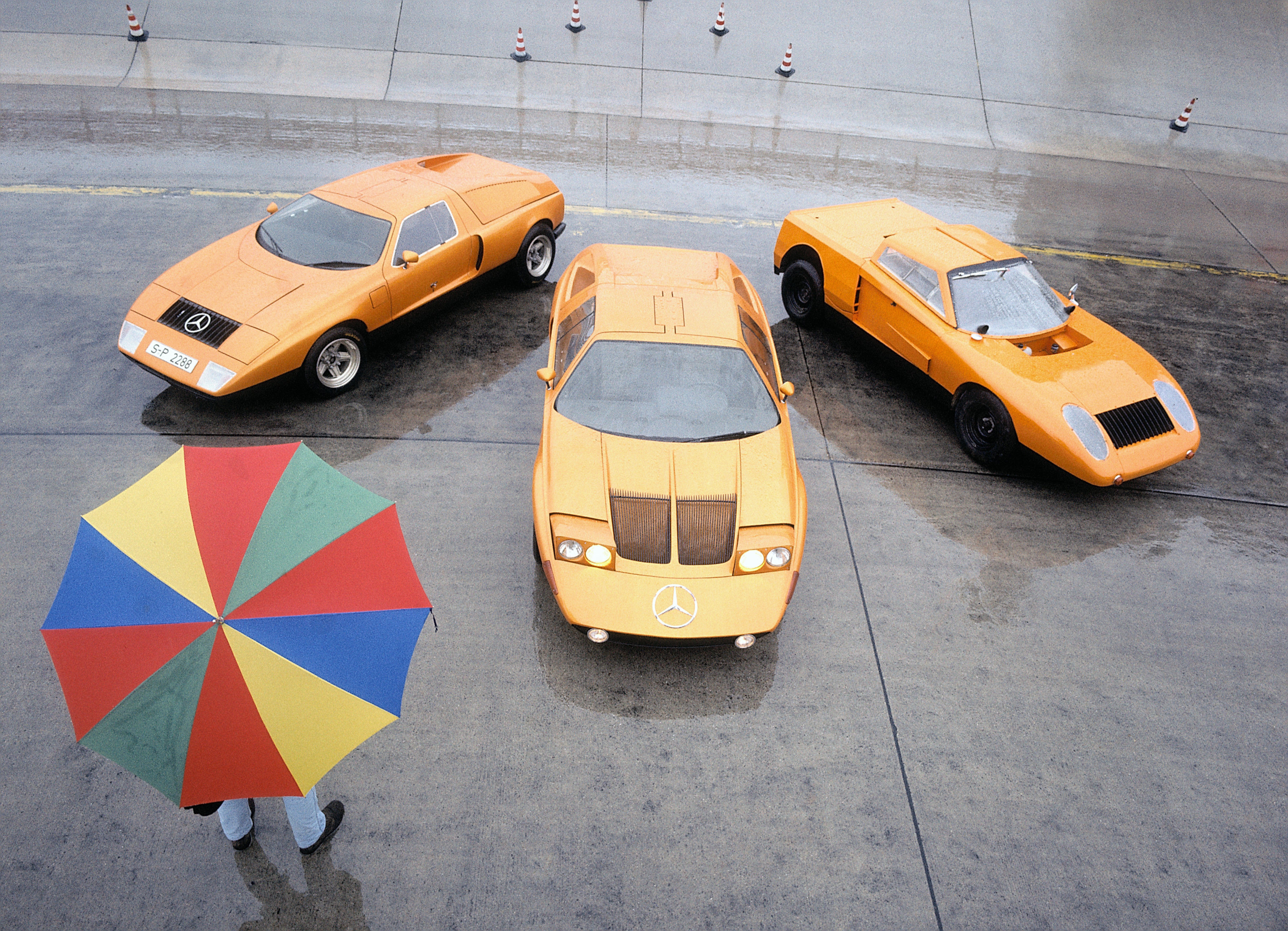
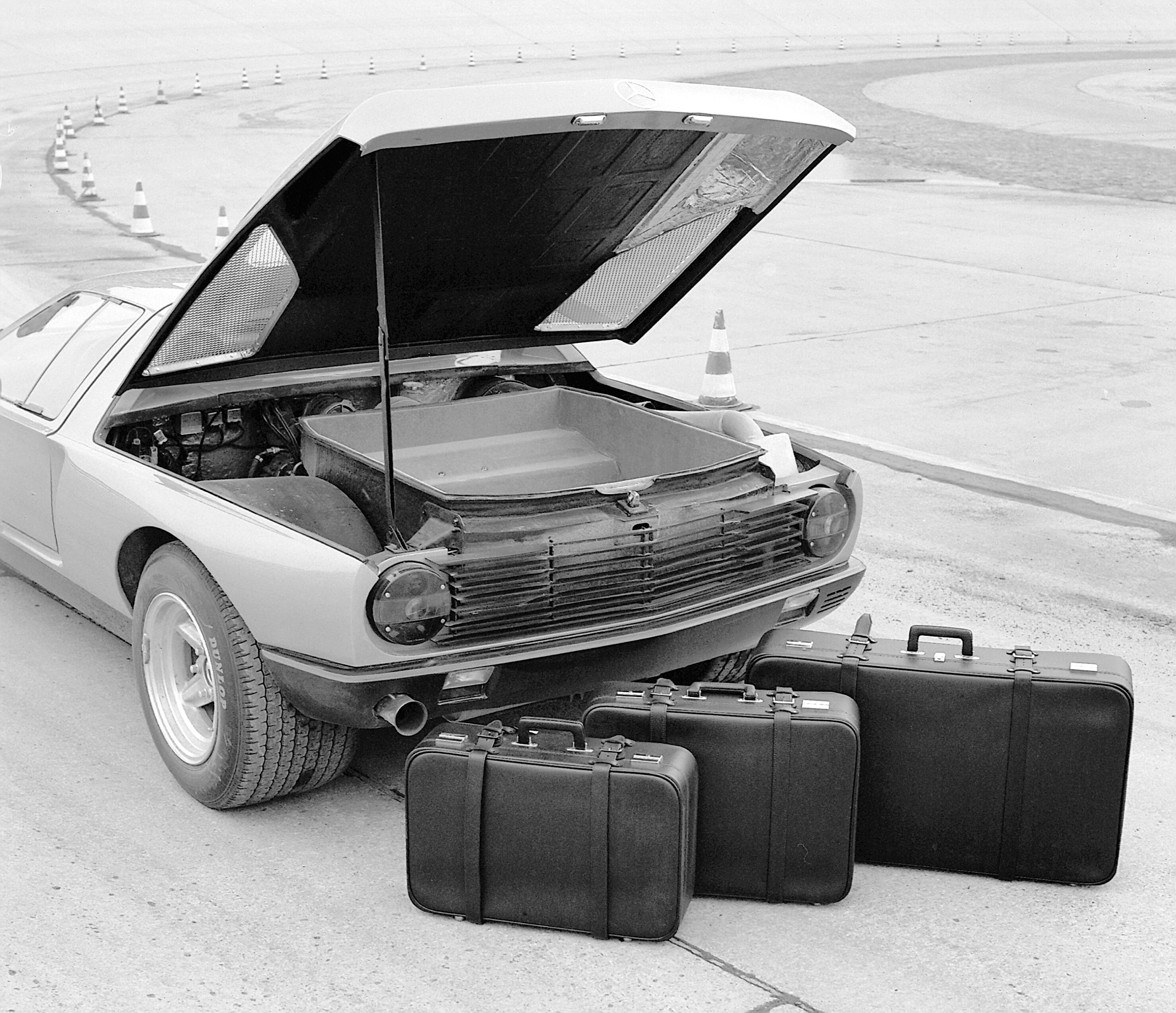
In 1958 he joined Mercedes as the company’s second design specialist, working under Paul Bracq, the company’s first dedicated car designer in its new Stylistics department. This was an era before in-house design studios existed as we know them today, with stylists working alongside engineers and draftsmen to plot out new body styles. Sacco became involved in practically every model built during this period, including the iconic 230 SL ‘Pagoda’, the monumental 600 limousine and the C 111 experimental safety vehicles, a project he managed from 1969 to 1970.

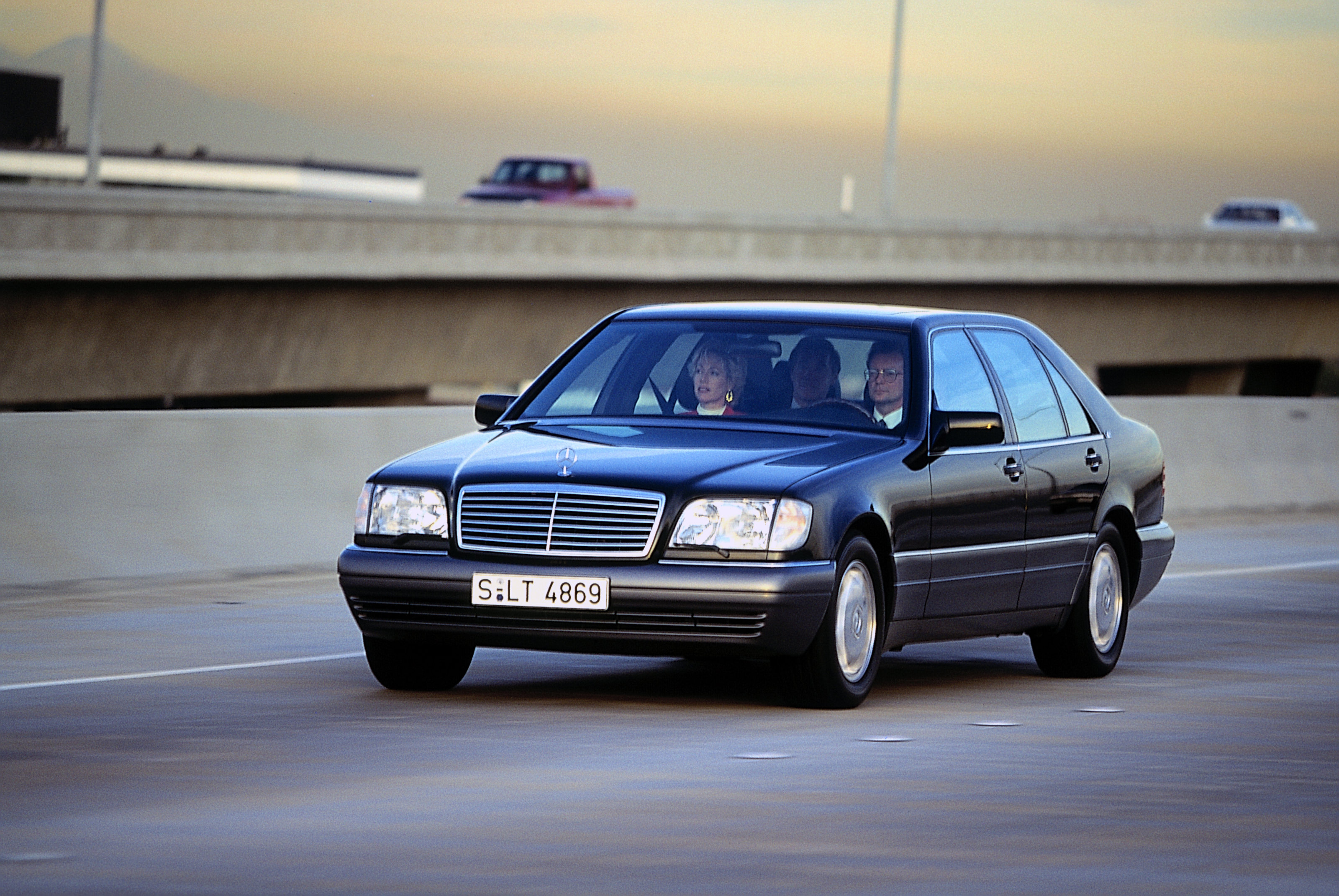
In 1975, Sacco became head of the Stylistics department, although his title was Oberingenieur, chief engineer. At this point, a Sacco style becomes more evident in the Mercedes DNA, with cars like the W123 estate (the company’s first), demonstrating a simplicity of line and detail that was without unnecessary flourishes or grandiose scale. It helped too that throughout the 1970s and 1980s, Mercedes became renowned for its engineering, innovating with safety systems and creating cars that were as durable and reliable as they were handsome.


Other Sacco classics include the W124 E-Class, the W126 S-Class, with its fantastically elegant SEC coupé variant (Sacco retained an immaculate 560 SEC model in dark blue after his retirement – ‘the best thing I have done for Mercedes-Benz’, he once said), and the innovation Mercedes-Benz 190, the W201 line that took the company into the mass market for the first time. His maxim was similarly understated, ‘a Mercedes-Benz must always look like a Mercedes-Benz’, a simple statement that precluded wild diversions between model generations and promoted the idea of steady, incremental progress.
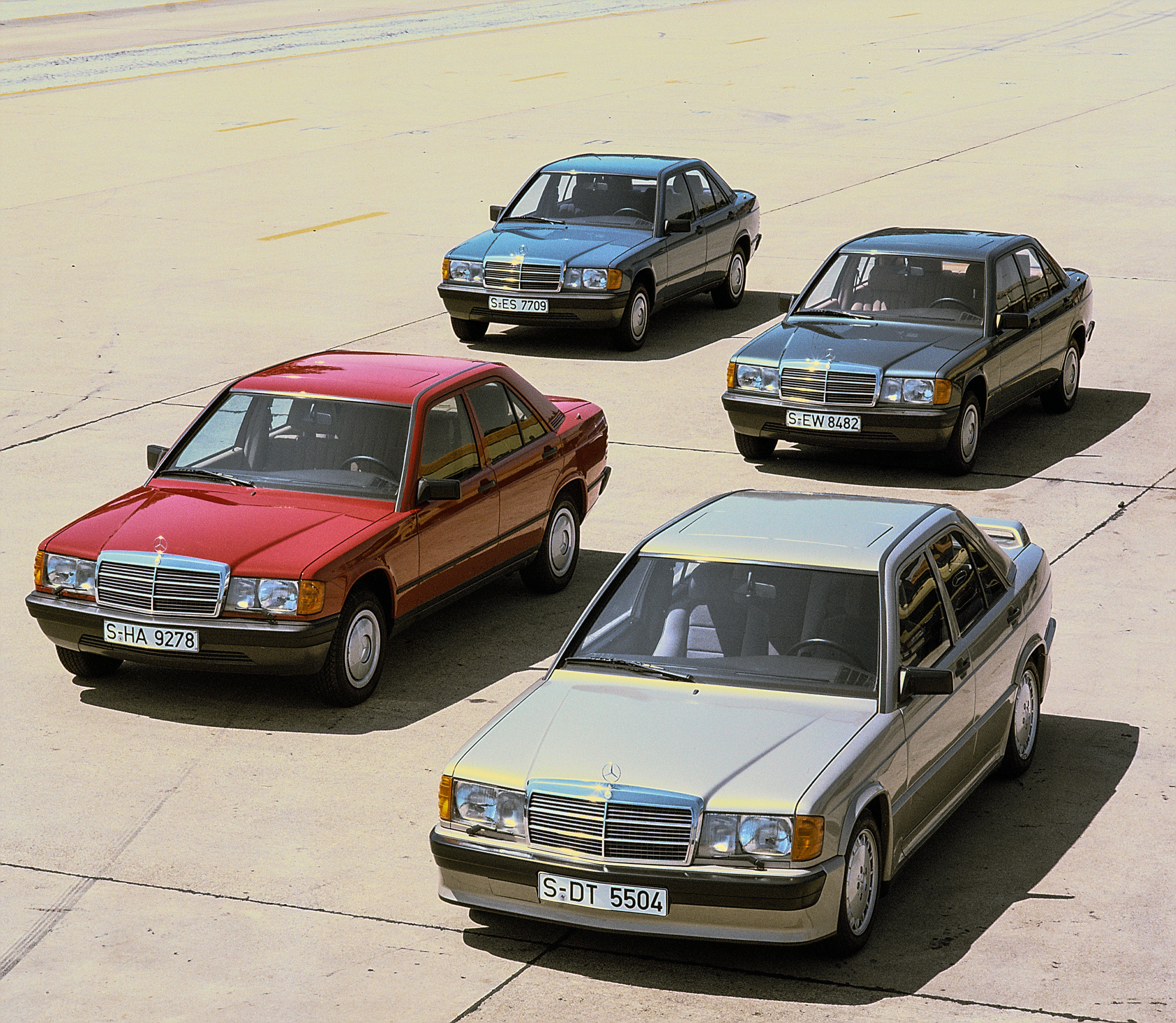
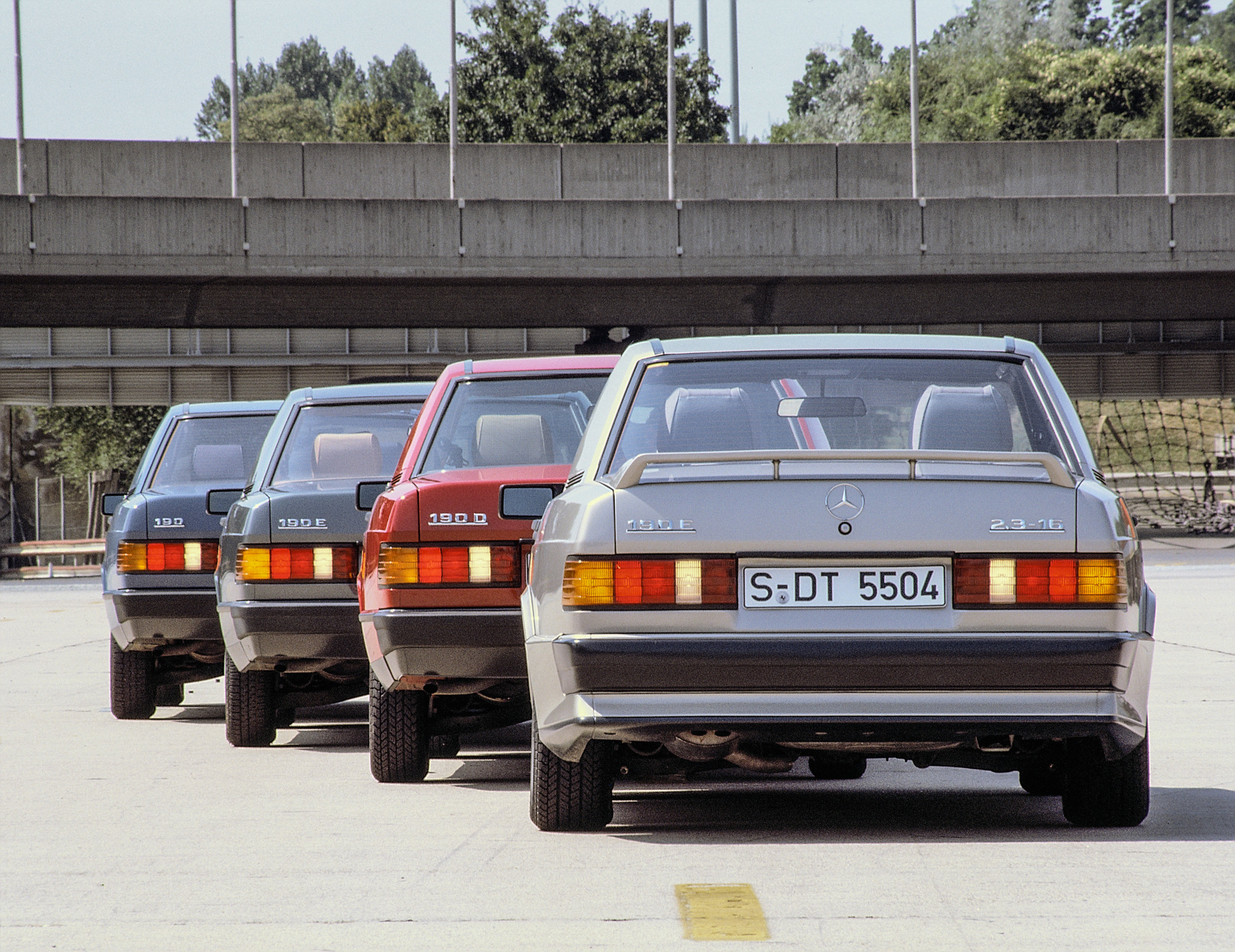
This attitude also ensured that older models didn’t immediately look out of date, an approach completely at odds with the American system of visually striking but ultimately superficial annual model changes. Observe any Mercedes ‘family grouping’ from the 1970s through to the noughties – E-Class, S-Class, etc – and the lineage is clear.
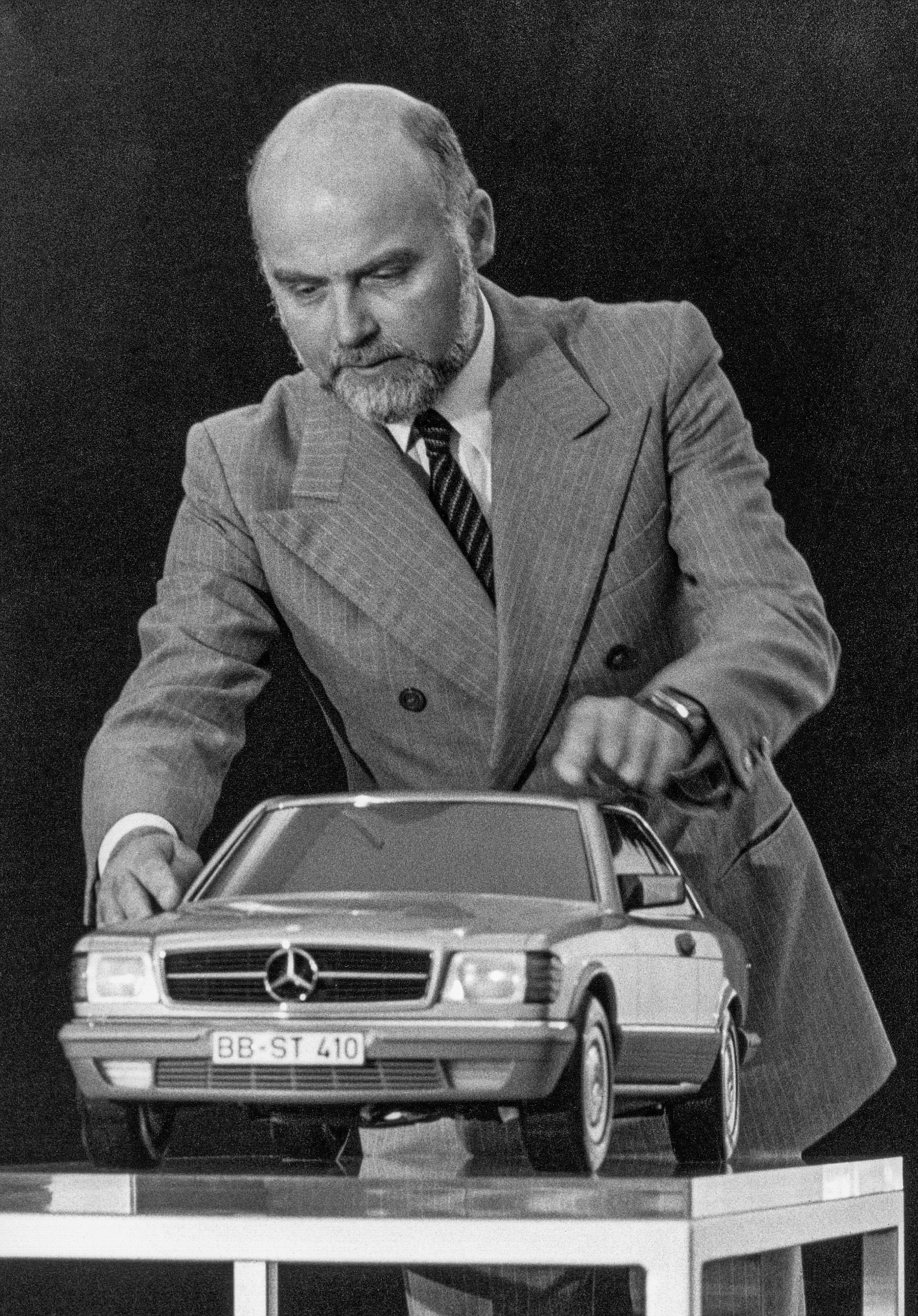
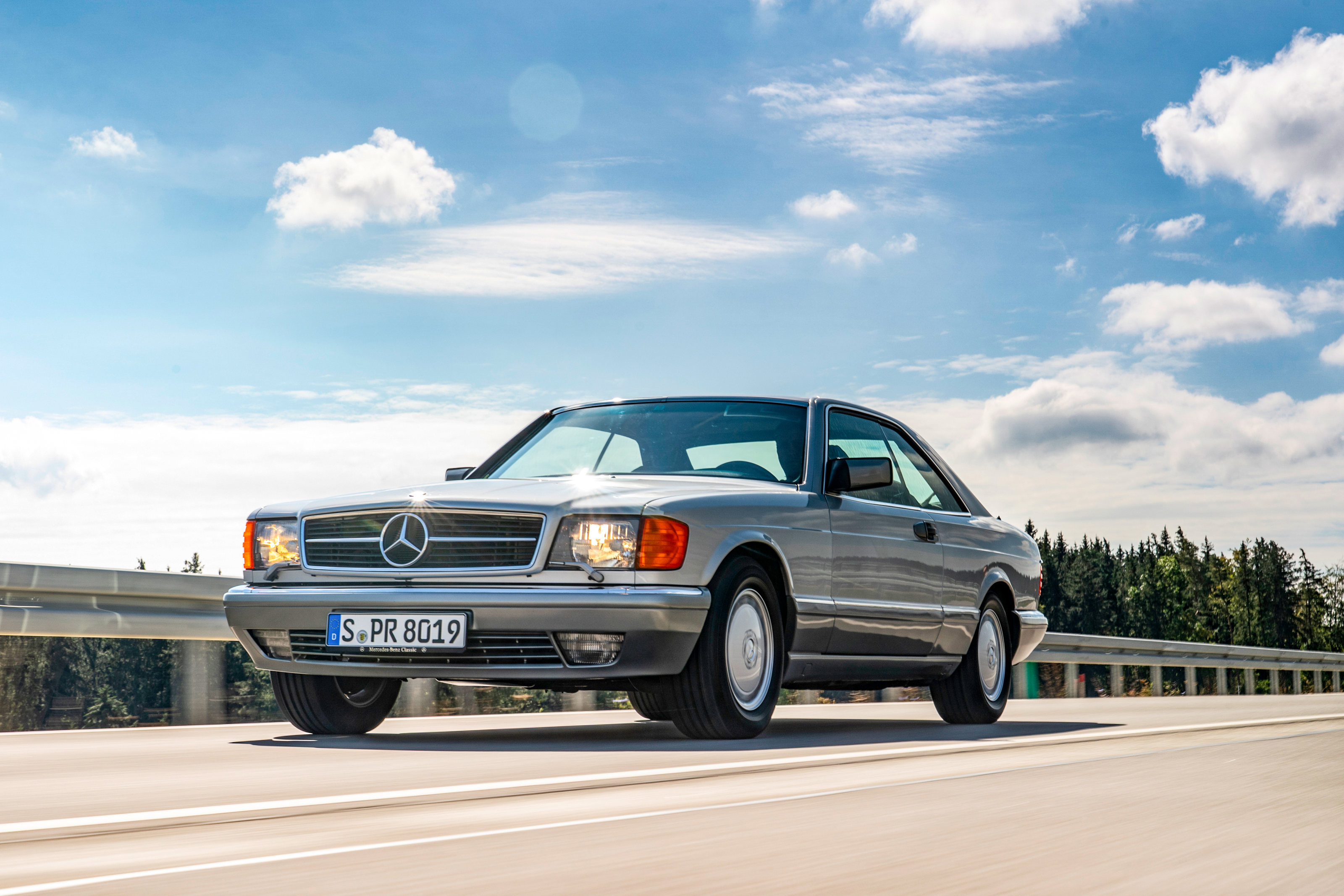
In 1993, Sacco joined the group of directors, with responsibility for overseeing Mercedes-Benz’s large portfolio of commercial vehicles. His involvement and oversight continued for cars like the compact A-Class, M-Class SUV, small sporting SLK and more, with the final models to receive his insight and input being the W220 S-Class generation, built from 1998 to 2005, with its sister CL-Class coupé, another enduring and elegant classic.
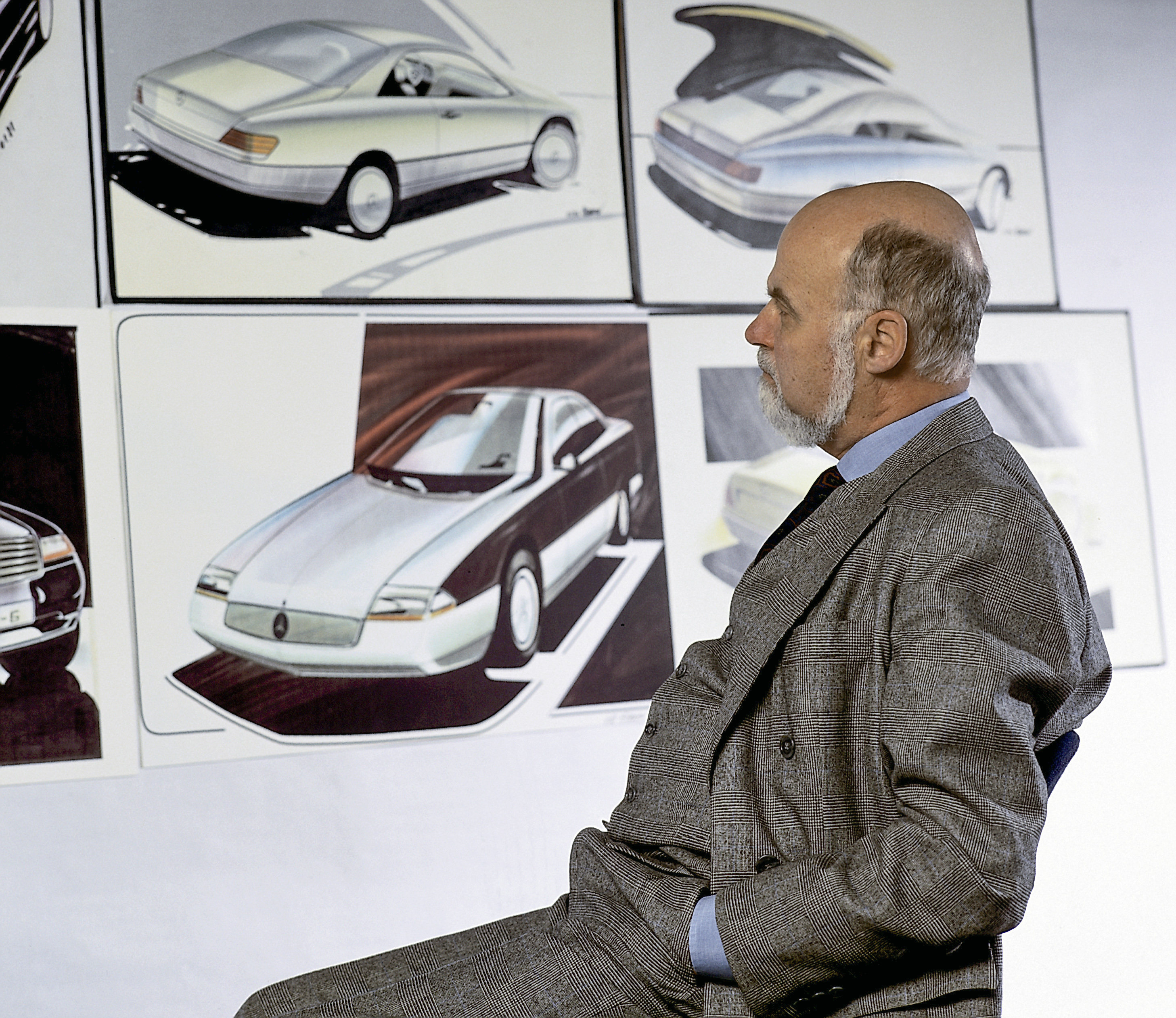
Whilst heading up the design department, Sacco also ensured that the division had the right creative space, initiating the Design Centre in Sindelfingen, designed by Renzo Piano and C Kohlbecker. He retired in March 1999, having devoted practically his entire professional life to the brand.

‘Bruno Sacco left a lasting mark on the company with his iconic designs and his passion for aesthetics,’ Gorden Wagener, current chief design officer of Mercedes-Benz Group AG, says. ‘We have lost an outstanding personality and an impressive aesthete. Our deepest sympathy goes out to his family and friends.’








